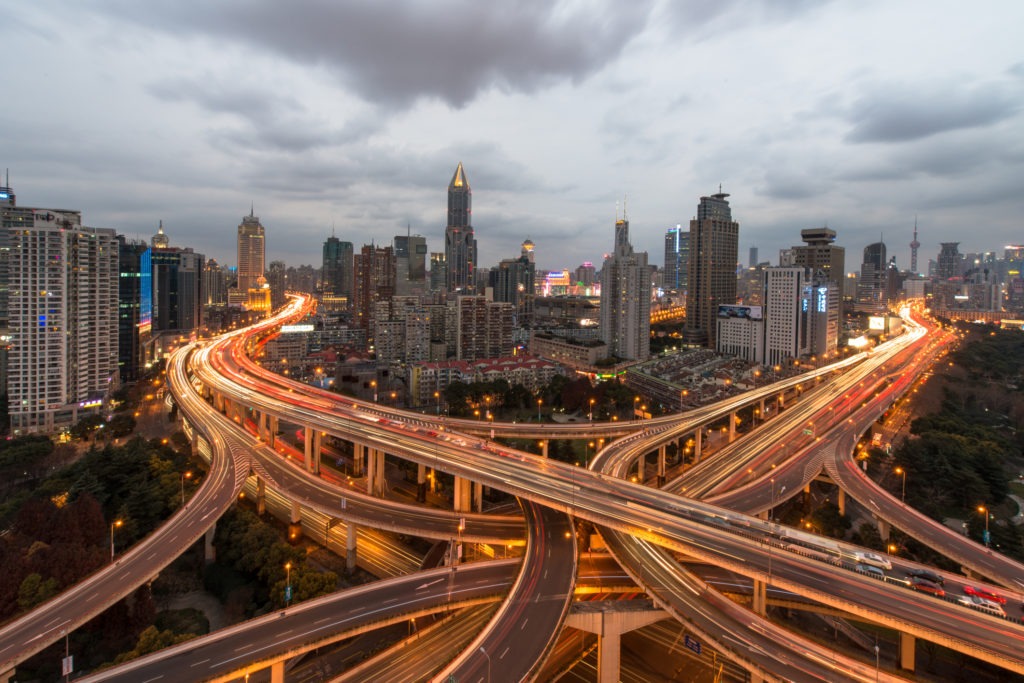Emissions to actually go up 50% with China’s transition to electric cars
05 July 2017

05 July 2017
Despite the supposed ′green’ credentials of electric vehicles (EVs), in the world’s largest car market of China, also the world’s largest EV market with more than 300,000 sold last year and sales set to skyrocket past 5 million by 2020, the rise of electric vehicles is set to greatly harm the environment in the short and medium term. Volkswagen Group has just announced a 115 million yuan (€14.9 million) investment to build 120,000 electric motors at its east China transmission plant in Tianjin as part of its plan to drastically ramp up China EV production to meet the country’s tough sales quotas.
The problem is that while running the electric vehicles is clean, achieving the desired environmental benefits of EVs requires a holistic end-to-end approach – making green not only the cars themselves, but also the supply chain from source to manufacturing to recycling at the end of the vehicle’s lifetime.
High-capacity EV batteries (currently lithium ion) are central to the issue. They include rare elements such as lithium that are highly energy intensive to mine from the ground, as well as heavy metals that can cause very serious environmental consequences. Recycling is currently very underdeveloped in China; for example, only 11% of steel is currently recycled (leading to accusations of ′steel dumping‘), compared to 70% in the US. If heavy metals re-enter the natural environment, they cause irreversible damage to ecosystems. Priority to recycling EV batteries will certainly increase with the rise of their use in energy storage plants, but most projects in the energy sector have decade-plus lead times, which means that China’s poor recycling record is expected to continue into its era of skyrocketing sales of EVs.
In addition, the electricity used to run the electric vehicles is only clean if it is produced from low-carbon energy sources. While the wealth of developed nations such as in Europe and the US means electricity tends to be produced from cleaner energy sources, this is a serious problem is developing nations such as China. In the US, one estimate finds that the average electric car in the nation produces just half the greenhouse gas impact of a conventional combustion engine car over the course of its life cycle. A model from Norway suggests greenhouse gas emissions from EVs are a minimum of 10% less than conventional cars. These figures will continue to improve as power production switches increasingly to low carbon sources, and sourcing, manufacturing and recycling practices improve.
However, with a population of more than 1 billion and only a fraction owning cars, despite it already being the world’s biggest auto market, China is expected to dominate the global auto market for decades to come. China’s non-environmentally friendly industrial economy means that a recent study by Chinese engineers in the highly respected journal of Applied Energy shows that currently electric vehicles entering the market in the country are resulting in a 50% increase in both greenhouse gas emissions and also total energy consumption over the vehicle’s lifecycle.
The manufacture of the lithium-ion EV batteries in the country is the biggest contributor, accounting for 20% of overall emissions and 13% of energy consumption. China is planning to dwarf Tesla’s gigafactories with a wave of gargantuan battery factories – which would quite easily be exported worldwide and harm the environmental credentials of the EV revolution if not properly regulated against.
These figures should not damage the image of electric vehicles – which analysts are universal in believing have huge potential to cut vehicle emissions. They also avoid health-harming NOx emissions. However, it does counter any argument that China’s extremely aggressive EV quotas are being retained for environmental reasons, rather than to gain a competitive edge from the electric vehicle transition (as well as clearing smog in its cities).
Furthermore, China is investing heavily in clean energy sources – the highest of any country in the world in many cases (and certainly putting Trump’s America to shame). It is also a committed signatory to the Paris climate change accord (unlike Trump’s US), which means it has to play its role in limiting rising global temperatures. Since much of its population is still exiting poverty, emissions are still allowed to rise in the medium term – and it has committed to this peaking at the latest in 2030. Many of its extremely poor areas are still very dependent on coal.